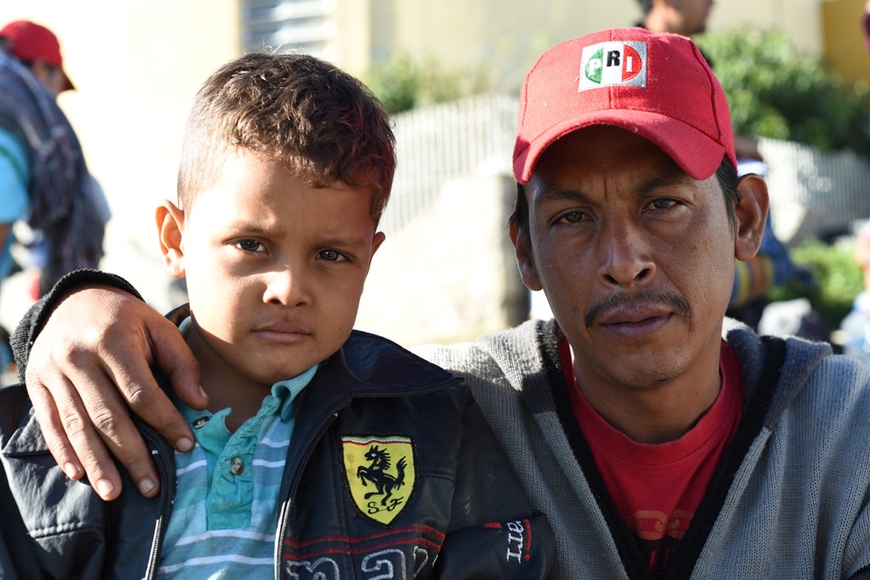Honduras: From Coup to Caravan
Reports of Central American migrants fleeing gang violence, extreme poverty, and domestic violence can be found in newsheadlines almost daily as of late. Media reports, politicians, and activists paint pictures of a region in disarray with people seeking safety in the United States by attempting to cross the U.S.-Mexico border. Many of the news reports and brief soundbites, however, do not analyze the historical context, geopolitical factors, and complex nuances that surrounds these issues. A recent event hosted by the Human Rights Program and Witness for Peace-Midwest aimed to join this conversation while adding nuance and context to our understanding of the migrant caravans.
The event featured three panelists: Dana Frank, Professor Emerita, University of California- Santa Cruz and author of the Long Honduran Night; María José Méndez, native Honduran and a PhD candidate in Political Science at the University of Minnesota; and a member of the Honduran caravan.* The panelists addressed the 2009 coup in Honduras that overthrew President Manuel Zelaya and put current Honduran president, Juan Orlando Hernández, into power. Since then, the country has seen the emergence of social movements resisting the actions of Juan Orlando Hernández. Berta Cáceres was an indigenous woman and leading activist who was killed in 2016 for leading a resistance to the construction of the Agua Zarca dam, which was harming the environment and Lenca community. The death of Cáceres sparked a widespread fury which lingers to this day.
Panelists also discussed the ways in which the situation in Honduras is portrayed in the international community, and how these portrayals are often overly simplified. Honduras is part of the “northern triangle,” an area made up of three countries: Guatemala, El Salvador, and Honduras. These countries are often grouped together in reference to outbreaks of violence and drug cartels. María José Méndez pointed out that thinking about the region in this way, a closed and triangular figure, suggests a notion of containment. That is, the problem is seen as one that should be bordered in, rather than recognized for its outstretching roots. She noted that oftentimes migration is attributed only to an economic situation, wherein the lack of jobs is the primary push factor. This sometimes leads other countries to be less likely to accept people from Honduras as asylum seekers and refugees, thinking of them as simply “economic migrants.” This narrative ignores the more complicated historical and contemporary political realities that contribute to both economic deprivation and ongoing violence that spurs many Hondurans to leave their country.
According to Dana Frank, after the coup in 2009 Honduras claimed (and continues to experience) one of the world’s highest murder rates. There is collusion between the police and drug cartels, femicide is a systemic problem, and poverty pervades the country. The economic inequality did not emerge independently, but has several roots causes, one of which can be linked to palm oil extraction, which also led to the removal (and killing) over 100 campesinos. Frank emphasized that the push factors in Honduras are numerous and the role that outside countries and organizations play, through supporting oppressive companies, governments and leaders, is perpetuating further political corruption and violence.
This culmination of situations has led to mass migrations of people from Honduras, including the migrant caravan. People have travelled and continue to travel from Honduras to the U.S. border, on train, bus, and foot. They left Honduras knowing that the journey would be difficult but also knowing that the risk, should they make it to safety, would be worth it in order to escape the violence and oppression they were living in.
*This woman is remaining unnamed for safety.



